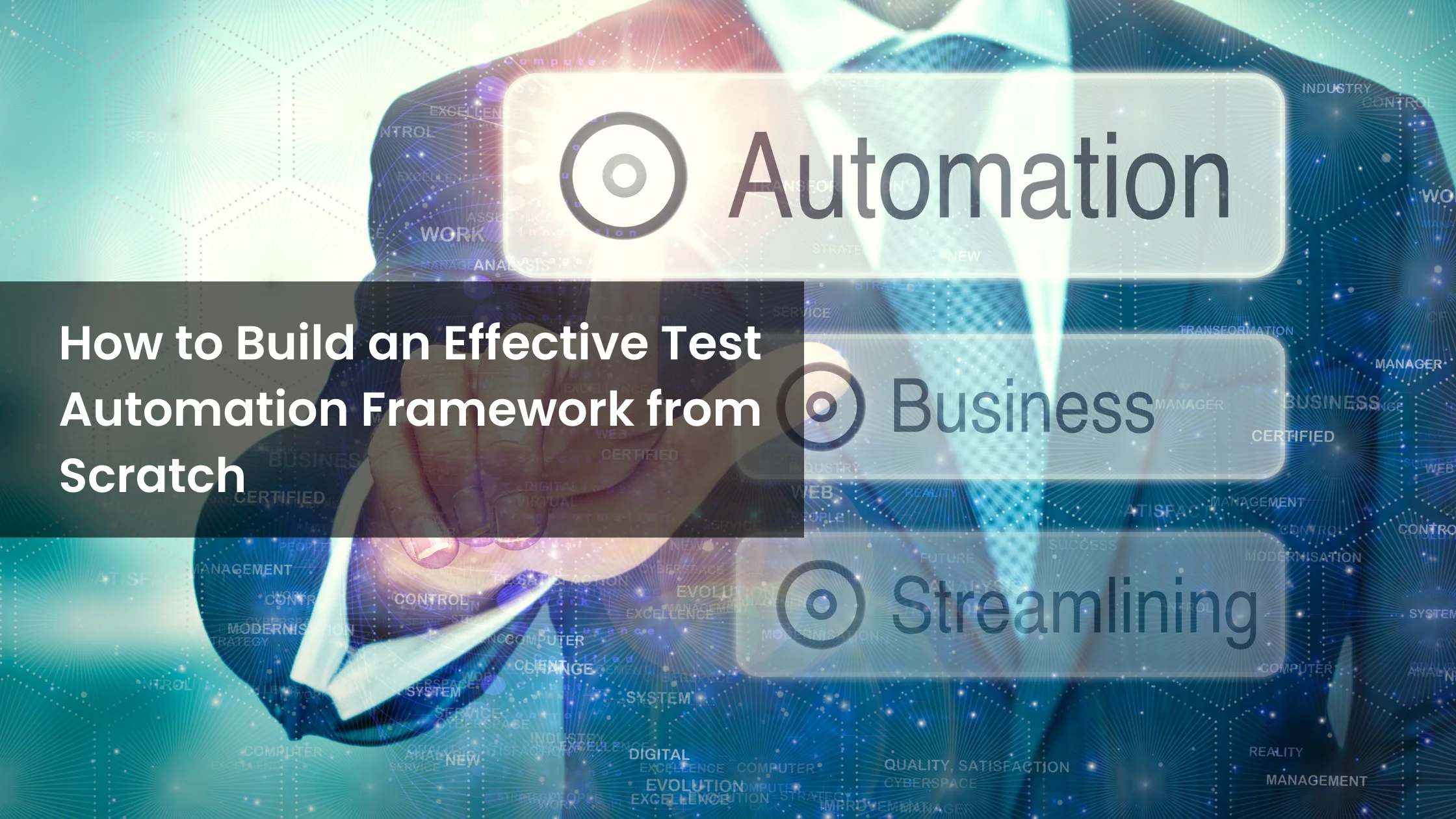Software automation testing has come a long way from being an optional practice to becoming the backbone of quality assurance in modern software development. If you're in the software industry—or even just an interested tech enthusiast—you're probably aware that keeping up with the latest trends isn't optional anymore; it's a necessity. Let's dive into the cutting-edge trends shaping the automation testing landscape in 2024.
1. AI and Machine Learning in Testing
Artificial intelligence (AI) and machine learning (ML) are like the superheroes of automation testing. They can analyze vast amounts of data, identify patterns, and even predict potential failures. Tools powered by AI help testers create smarter test cases, automate defect detection, and improve test coverage.
Real-world example:
Imagine running a regression test suite that learns over time which test cases are redundant. AI-based tools like Test.ai are doing just that.
Adopt this trend:
Start exploring tools like AI Application Testing link to AI application testing services to harness this power.
2. Continuous Testing in DevOps Pipelines
Gone are the days when testing happened only after the development phase. Continuous testing integrates testing at every stage of the DevOps pipeline. This ensures faster feedback, earlier bug detection, and quicker releases.
Workflow diagram idea:
Visualize a CI/CD pipeline showing how continuous testing fits into development, integration, and deployment phases.
Why it matters:
If you're aiming for rapid releases without compromising quality, continuous testing is your best friend.
Pro Tip: Combine it with LaunchFast QA services link to LaunchFast QA to streamline your pipeline.
3. Cloud-Based Testing
Who loves downloading heavy software? (Hint: No one.) Cloud-based testing is a game-changer. It allows you to run tests on a scalable infrastructure without worrying about maintenance or storage.
Benefits include:
- Access to a wide range of devices
- Scalability at your fingertips
- Cost savings on hardware
Tools like BrowserStack and Sauce Labs are paving the way for this revolution.
For more insights, explore Web Application Testing Services link to web application testing services.
4. API and Microservices Testing
Modern applications thrive on APIs and microservices. Testing them isn't just important; it's critical. Automated API testing ensures smooth communication between components, while microservices testing guarantees system resilience.
Use case:
A payment gateway in an e-commerce app—if the API fails, the entire transaction does.
Adopt robust API Testing Services link to API testing to ensure reliability.
5. Scriptless Test Automation
Writing test scripts can be a pain, right? Scriptless automation lets you create test cases with simple drag-and-drop features or natural language inputs.
Why it’s booming:
- Saves time for QA teams
- Reduces the learning curve for non-technical testers
Popular tools include Katalon Studio and Leapwork.
6. Test Automation Frameworks
A robust test automation framework is the backbone of any testing process. Frameworks like Selenium, Cypress, and TestNG are evolving to provide better integration with AI and CI/CD tools.
Stay tuned for Part 2 with Benefits, Challenges, Case Studies, and Future Directions!
7. Benefits of Adopting Modern Automation Testing Trends
Why should you care about these trends? Well, here’s what’s in it for you:
- Improved Accuracy: Say goodbye to human error and hello to consistent test results.
- Faster Time-to-Market: Automation accelerates testing cycles, giving you a competitive edge.
- Cost Efficiency: While initial investments might be higher, automation saves you money in the long run.
- Enhanced Test Coverage: Tools powered by AI and cloud-based platforms can test scenarios you’d never imagine manually.
8. Challenges in Implementing Modern Automation Trends
But let’s be real; it’s not all sunshine and rainbows. Some hurdles include:
- High Initial Costs: Setting up automation frameworks or AI-based tools can be pricey.
- Skill Gaps: Not every tester is familiar with scriptless automation or machine learning.
- Tool Selection: Picking the right tool for your needs can feel like finding a needle in a haystack.
Pro Tip: Partnering with a professional service like Automation Testing Services link to automation testing services can help mitigate these challenges.
9. Real-World Case Studies
Case Study 1: Indian E-commerce Giant
An Indian e-commerce platform adopted continuous testing, reducing its release cycle from two weeks to three days.
Case Study 2: Global Banking Corporation
A bank automated its API testing and identified 95% of integration issues pre-deployment.
These successes can be replicated with services like ETL Testing Services link to ETL testing services.
10. Future Directions in Software Automation Testing
The future looks bright with trends like:
- Hyperautomation: Combining AI, ML, and RPA to create end-to-end automation.
- Blockchain Testing: Ensuring secure, tamper-proof transactions.
- Quantum Computing in Testing: Testing algorithms on quantum systems.
Conclusion
Software automation testing is no longer optional; it’s essential for staying competitive. Whether it’s AI-driven tools, scriptless automation, or cloud-based platforms, embracing these trends can transform your QA game.
Ready to take the plunge? Let TESTRIQ help you implement these cutting-edge solutions. Visit our Contact Us page to start your journey.
 Building a test automation framework from scratch can seem like a daunting task, but fear not! With the right roadmap and a dash of creativity, you'll be well on your way to creating a robust framework that simplifies testing and accelerates the delivery of high-quality software. Here's your step-by-step guide to kick-start the journey:
Building a test automation framework from scratch can seem like a daunting task, but fear not! With the right roadmap and a dash of creativity, you'll be well on your way to creating a robust framework that simplifies testing and accelerates the delivery of high-quality software. Here's your step-by-step guide to kick-start the journey: